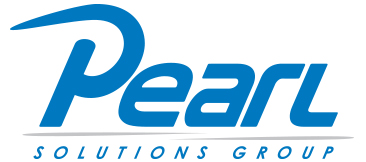As full, hybrid, and flexible remote work increases and your industry and operational partnerships grow, virtual meetings are now a constant for your business. While most of us have become more security aware in our daily tasks: inspecting emails, adding multi-factor authentication, strengthening our passwords, etc, virtual meeting security isn’t something we are as diligent about. Unfortunately, if virtual meetings aren’t set up correctly, former employees, hackers, or other unintended parties might be able to access, listen in, and disrupt them. Using some basic precautions and enabling tech features will help you keep virtual meetings secure.
Low-Risk Calls: If you’re holding regular touch-base meetings or progress review calls, you only need to follow basic security practices. Make sure you are using your organization-approved virtual meeting platform (Teams, Zoom, etc.) and follow any established organization policies on meeting security. To prevent unintended meeting guests, do not reuse access codes. Recurring meetings should be re-created when a key employee quits/resigns or every quarter.
Medium-Risk Calls: If you’re on a planning or strategy call, the information you intend to discuss may not be ready for general audiences and you want to make sure the call remains collaborative and productive. Establish a host who can help monitor and manage attendees (including mute/unmute controls). Enable a waiting room so the host can review and admit only intended parties.
High-Risk Calls: If you must present highly sensitive information during a virtual meeting, The National Institute of Standards and Technology (NIST) recommends these additional security measures:
- Use only company-approved virtual meeting services using unique PINs or passwords for each attendee and instructing them not to share them.
- Use a dashboard feature so you can see who all the attendees are at any time.
- Lock the meeting once you have identified all the attendees and lines in use.
- Allow only hosts to share their screens
- If you must record the meeting, encrypt the recording and require a passphrase to decrypt them. Make sure to delete recordings stored by the provider.
- Access virtual meetings only on your organization-issued devices.
There are many features available through virtual meeting platforms. Know your organization’s policies, think about the sensitivity of the topics to be discussed, factor in the logistics of the meeting, and pick the measures that make sense for each situation. If you need help identifying the right platform for you or implementing its features, reach out!




